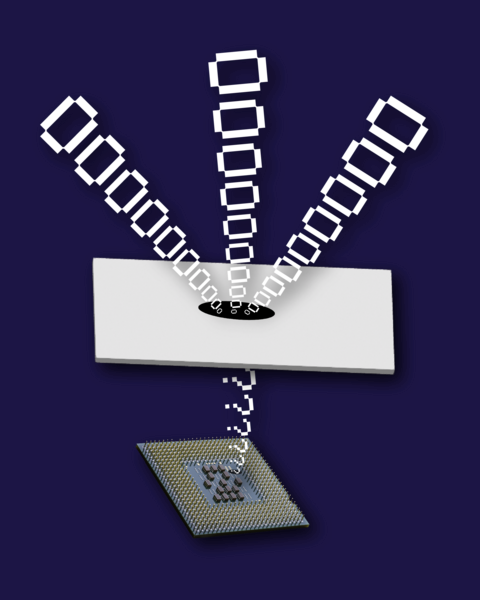February 11, 2025
Imagine you’re a chef with a highly sought-after recipe. You write your top-secret instructions in a journal to ensure you remember them, but its location within the book is evident from the folds and tears on the edges of that often-referenced page.
Much like recipes in a cookbook, the instructions to execute programs are stored in specific locations within a computer’s physical memory. The standard security method — referred to as “address space layout randomization” (ASLR) — scatters this precious code to different places, but hackers can now find their new locations. Instead of hacking the software directly, they use approaches called microarchitectural side attacks that exploit hardware, identifying which memory areas are most frequently used. From there, they can use code to reveal passwords and make critical administrative changes in the system (also known as code-reuse attacks).
To enhance ASLR’s effectiveness, researchers from the MIT Computer Science and Artificial Intelligence Laboratory (CSAIL) have found a way to make these footprints vanish. Their “Oreo” method mitigates hardware attacks by removing randomized bits of addresses that lead to a program’s instructions before they’re translated to a physical location. It scrubs away traces of where code gadgets (or short sequences of instructions for specific tasks) are located before hackers can find them, efficiently enhancing security for operating systems like Linux.
Complete article from MIT News.
Explore
New Method Efficiently Safeguards Sensitive AI Training Data
Adam Zewe | MIT News
The approach maintains an AI model’s accuracy while ensuring attackers can’t extract secret information.
Security Scheme Could Protect Sensitive Data during Cloud Computation
Adam Zewe | MIT News
MIT researchers crafted a new approach that could allow anyone to run operations on encrypted data without decrypting it first.
Towards Secure Machine Learning Acceleration: Threats and Defenses Across Algorithms, Architecture, and Circuits
Thursday, December 19, 2024
Hybrid
Zoom & MIT Campus




